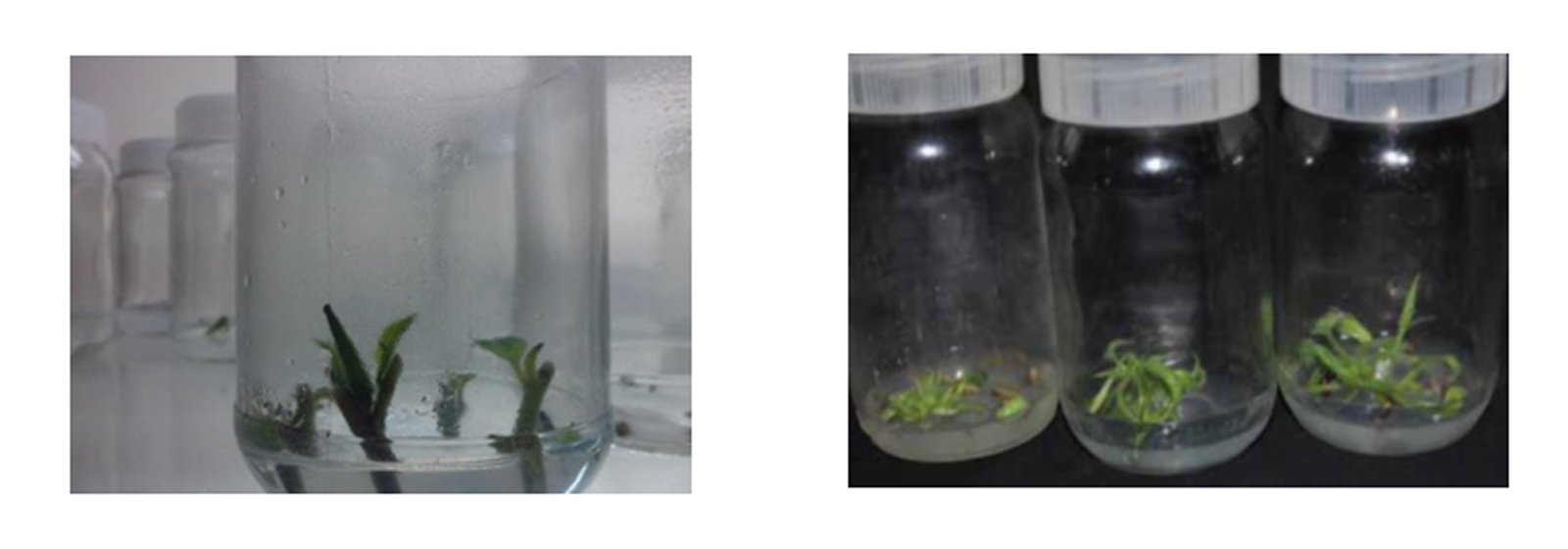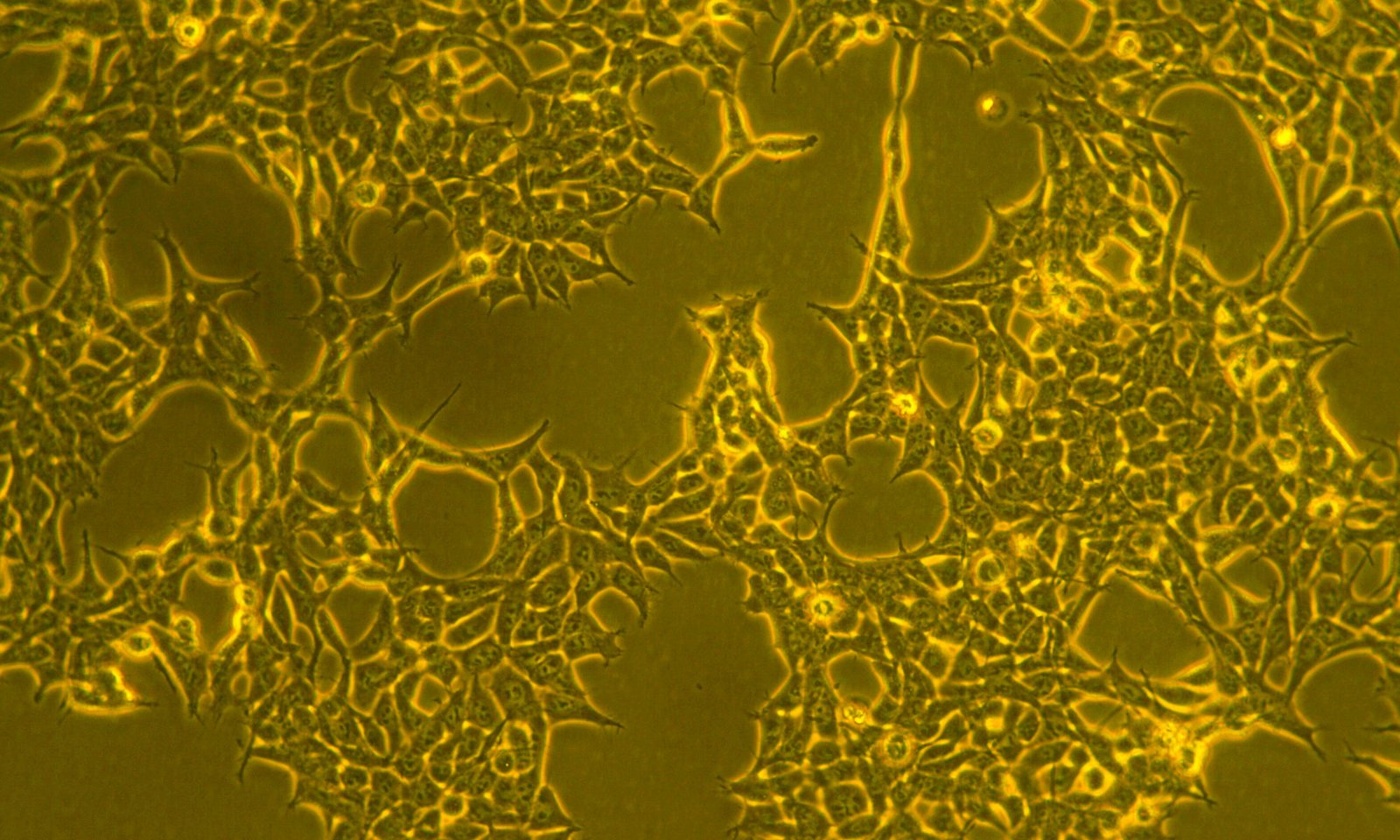”Let us Make Our Earth Pollution Free”
By Dr. Ashwini A. Waoo, AKS University, India
Contribution participating in the INPST 2018 Science Communication Awards contest.
1. Phytoremediation Technology
Our earth was a beautiful planet with plant, animal and microbial diversity but human harshly exploited all natural resources for their benefit. Industrialization and urbanization intensified the problem of pollution. Prof. Ashwini A. Waoo and her team are working on bioremediation and phytoremediation. For the improvement and sustainability of the environment, phytoremediation is a useful way which is well recognized throughout the world.
Plants often are primarily considered as a source of wood, food, and fiber. Their presence is essential for aesthetic reasons as well as for “altruistically” providing habitat for other species. Plants are essential as an environmental counterbalance to industrialization processes for removal of pollutants through soil and water. Plants have been recognized for their consumption of CO2 and other gaseous industrial pollutants. Now a day, their role in controlling the rate of global warming has been appreciated in the scientific and popular press. Plants were used for wastewater treatment since from centuries old. Instead, today’s focus is concentrating on an emerging concept, “phytoremediation,” the use of plants to remediate contamination of soil and water.
Phytoremediation exploits natural, physiological processes for decontaminating agricultural soils, industrial sites, brownfields, sediments and water containing inorganic and organic pollutants. Moreover, it should improve food chain safety by phytostabilisation of toxic elements. It is expected to be low-cost and environmentally friendly, to achieve removal, degradation or immobilization of contaminants (Lone et al., 2008).
Phytoremediation technologies depend upon the underlying physiological mechanisms in higher plants and microorganisms, such as photosynthesis, transpiration, metabolism, and mineral nutrition. Plant roots can take up organic compounds and inorganic substances; they can stabilize and bind substances on their external surfaces, and upon interaction with microorganisms in the rhizosphere, the transportation, storage, conversion and accumulation of these substances occurred in various cells and tissues of the plant. Ultimately, they are released from aerial parts of the plant (Nelson et al. 2006). Mechanism of phytoremediation is shown in figure 1.

2. Two Approaches of Phytoremediation Technology –
- To use hyperaccumulator plants with low amounts of biomass
- To use high biomass generating plants with a reduced capacity to accumulate target elements.
Application of natural processes of plants is a significant advantage of phytoremediation (Zhai, 2011). Natural processes include uptake of water and chemicals, metabolism of the plant, excretion of waste into the soil that result in contaminant loss, and the physical and biochemical effect of plant roots. In the process of photosynthesis, water and CO2 are converted into carbohydrates and O2, with the help of sunlight. Roots carry out effective extraction of macronutrients and micronutrients. Contaminants are taken up by the plants instead of nutrients due to their similar chemical structure and behavior (Waoo et al. 2015).
4. Ideal Characteristics of Plants for Phytoremediation –
- The ability to accumulate and tolerate high concentrations of heavy metals;
- Elevated growth rate at marginal quality contaminated soil;
- The capacity for large biomass production.
Emerging phytoremediation companies must be founded by academic scientists based on research, and their norms should be compulsory for each pollutant-producing company. Each phytoremediation company would need to specialize by developing expertise related to particular contaminants or plant processes. For marketing their services, they would rely on partnerships with environmental engineering and consulting firms.
In developing countries there are significant threats to soil such as erosion by wind and rain, the compaction of land, water infiltration, and organic matter decline. These processes reduce soil quality and affect the supply of nutrients to plants reducing agricultural productivity.
Key Benefits of Phytoremediation –
- phytoremediation is economically feasible;
- it is sustainable by using native plants, and there is no need for new exotic species;
- it is aesthetically pleasing and accepted by the general public;
- it avoids transport of polluted material, hence there is reduced risk to spread contaminations.
- By this technology, more than one type of pollutant can be handled simultaneously (Kumar et al. 2012).
Remediation of soil and groundwater is a challenging task for a variety of economic and practical issues. It is essential to implement real-time applications and situation-specific techniques that run for optimal remediation at low cost with few side effects (Marmiroli et al., 2006).
The phytoremediation method implies to cultivate contaminated areas with unique accumulator plants capable of removing or transforming the pollutant (Ghosh and Singh, 2005). Phytoremediation can be used to treat large areas with moderate contamination; similarly, it can also be used for contaminated groundwater or wastewater in ponds and bioreactors.
Accumulators are plants that concentrate high levels of toxic elements like heavy metals. Some plants serve as geobotanical indicators: their composition imitates the composition of the parent soil (Paz et al. 2013). Excluders are the plants that restrict the toxic element from transferring to the upper biomass.
Hyperaccumulators are plants that take up toxic elements at levels of approximately 100 times or more than usual concentrations. They are being developed for soil, groundwater, and waste remediation.
Plant Tissue Culture Studies for Phytoremediation
Tissue culture studies on plants at contaminated sites provide a fast culture method in the form of in vitro propagation through soot tip and nodal explants. Plant tissue cultures exhibit numerous technical advantages for phytoremediation technologies.

Cultured plantlets are rapidly-growing and genetically similar, as shown in figure 2. Moreover, they are contaminant-tolerable and so accumulator plantlets can be produced in large amounts. Therefore in vitro cultivated plantlets can be effectively used for soil remediation. Such tissue cultures provide experimental convenience and speed research up. In tissue culture studies, effects of microflora and translocation barriers can be eliminated. They allow a closer approximation of the intrinsic capacity of plant cells for phytoremediation of specific pollutants (Couselo et. at 2012).
A Case Study of Phytoremediation at an Industrially Contaminated Site in India
To identify and select locally available plant species for phytoremediation research and its implementation is an essential challenge and the starting point for successful phytoremediation research. In the present study, effects of heavy metals in soil were investigated on various candidate plant species. Results showed that two plant species Datura inoxia and Lantana camara were found to survive in a majority of contaminated soils (Waoo et al. 2014).
Soil samples were collected from different sites between March and April from 0–20 cm depth. For each sample, 5-6 sub-samples were randomly collected and combined into a composite sample, and a half kg of composite material was taken back to the laboratory for sample preparation and analysis. The study revealed that the soil of the core industrial area of Govindpura was profoundly contaminated with heavy metals like chromium and lead. But cadmium and nickel were present at lower concentrations; these data revealed that industries in Govindpura had waste disposals containing higher concentrations of lead and chromium. In sediments, heavy metals decreased in the following order: Pb > Cr > Ni >Cd for contaminated sites. Among the analyzed heavy metals, lead was present at highest concentrations between 180.9 and 258.7 mg/kg at all the sampling sites and plants, while Cd showed lower concentrations up to 70.2 mg/kg.
Phytoextraction for heavy metal analysis of Datura inoxia and Lantana camara was also carried out to analyze their heavy metal accumulation capability and phytoremediation potential. The concentration of heavy metals like Pb, Cr, Cd, and Ni was analyzed by AAS. Various plant parts were analyzed for heavy metal accumulation. Datura inoxia and Lantana camara had shown the highest accumulation of lead in the shoots and leaves. The accumulation level also showed the order of Pb > Cr > Ni > Cd (Waoo et al. 2014).
Development of Transgenic Plants and Genetic Studies
Tools and techniques of genetic engineering can be used to enhance the inherent ability of plants to degrade xenobiotic compounds and detoxify heavy metals. But for that, the molecular and cellular mechanisms behind this must be understood well. Heterologous genes from various microorganisms, plants, and animals have all been used to improve the efficacy of plants for environmental remediation. Stable genetic transformation to produce recombinant plants is a suitable approach compared to the use of transient expression systems such as plant viral vectors (Doran, 2009). Plant tissue culture is a most significant step in most techniques used to incorporate foreign genes into the plant genomes. Transformed plant cell cultures play a crucial role in the selection of successful recombinant plantlets and to confirm that enhanced phenotypic traits have been acquired before the time-consuming process of plant regeneration is carried out. These techniques can reveal information about the interaction and regulation of the complex metabolic pathways and cellular processes involved in tolerating and detoxifying pollutants (Van, 2008).
References
- Couselo, J. L., Corredoira, E, Vieitez, A. M., Ballester, A. (2012) Plant tissue culture of fast-growing trees for phytoremediation research. Methods Mol Biol. 2012;877:247-63
- Doran, P. M. (2009) Application of Plant Tissue Cultures in Phytoremediation Research: Incentives and Limitations, Biotechnology and Bioengineering, Vol. 103, No. 1, Wiley Periodicals, Inc
- Ghosh, M., Singh, S. P., (2005), A Review on Phytoremediation of Heavy Metals and Utilization of its Byproducts, Applied Ecology and Environmental Research,3(1): 1-18
- Kumar, S. R., Arumugam, T., Anandakumar, C.R., Balakrishnan, S. and Rajavel, D.S. (2013) Use of Plant Species in Controlling Environmental Pollution- A Bulletin of Environment, Pharmacology and Life Sciences, Bull. Env. Pharmacol. Life Sci. Volume 2 [2] pp: 52- 63
- Lone M. L., Zhen-li He, Stoffella, P. J., and Xiao-e Yang (2008) Phytoremediation of heavy metal polluted soils and water: Progress and perspectives, J Zhejiang Univ Sci B. 2008 Mar; 9(3): 210–220
- Marmiroli, N., Marmiroli, M., Maestri, E. (2006) Phytoremediation and phytotechnologies: A review for the present and the future, In book: Soil and Water Pollution Monitoring, Protection and Remediation,10.1007/978-1-4020-4728-2_26
- Paz, A. M., -Alberto, Gilbert C. Sigua (2013) Phytoremediation: A Green Technology to Remove Environmental Pollutants, American Journal of Climate Change, 2, 71-86
- Zhai G (2011) Phytoremediation: Right Plants for Right Pollutants. J Bioremed Biodegrad 2:102e. doi: 10.4172/2155-6199.1000102
- Van Aken B. V. (2008) Transgenic plants for phytoremediation: helping nature to clean up environmental pollution, Trends Biotechnol. 26(5):225-7
- Waoo, A. A., Khare, S., Ganguly, S. (2015) Phytoremediation: An Ultimate Hope for the Planet, AASCIT Communications, Volume 2, Issue 5, online ISSN: 2375-3803 2015; 2(5): 174-178
- Waoo, A. A., Khare, S., Ganguly, S. (2014) Evaluation of Phytoremediation Potential of Lantana camara for Heavy Metals in an Industrially Polluted Area in Bhopal, India, International Journal of Engineering and Applied Sciences (IJEAS), ISSN: 2394-3661, Volume-1, Issue-2.
Dr. Ashwini A. Waoo
AP, Department of Biotechnology,
Faculty of Life Sciences and Technology
AKS University, SATNA, MP, India

Keywords: phytoremediation, phytostabilisation, hyperaccumulator, plants, biomass generating plants, plant tissue cultures, heavy metals, pollution, genetic engineering, recombinant plantlets, detoxifying pollutants.
Join for free INPST as a member
The International Natural Product Sciences Taskforce (INPST) maintains up-to-date lists with conferences, grants and funding opportunities, jobs and open positions, and journal special issues with relevance for the area of phytochemistry and food chemistry, pharmacology, pharmacognosy research, and natural product science.


























One Reply to “Phytoremediation Techniques for Environmental Sustainability – in the Age of Urbanization and Industrialization”